Antonino Franchina was born in 1912 in Palmanova, Friuli Venezia Giulia, in the North East of Italy, but his parents were from Sicily and the family moved back to Palermo soon after his birth.
Nino grew up in Sicily and stayed there till 1934, when, after graduating in Sculpture at the Accademia di Belle Arti, he moved to Milan together with Renato Guttuso, Giovanni Barbera e Lia Pasqualino Noto. The four constituted the ‘Gruppo dei Quattro’ and exhibited at the Galleria del Milione in Milan in 1934, and then in Rome, in 1935 and 1937, respectively at the Galleria Bragaglia Fuori Commercio and at the Galleria della Cometa. For the first of these two shows, a catalogue featuring a presentation by Carlo Carrà, was published.
Along with Guttuso, Franchina joined the ‘Corrente’ group in Milan, before moving to Rome in 1938, where he met and married Gina Severini, daughter of the futurist artist Gino. Nino’s works were showed at the third Quadriennale (1939) and in a personal show at the Galleria Minima in 1943.
Franchina’s style was clearly figurative up until this point; after the war he started moving towards abstraction through a sort of expressionist period, in which a recurring subject was that of people in pain suffering from the war, often depicted using red ink. After the Italian liberation he took part to the exhibition ‘L'arte contro la barbarie’ at the Galleria del Secolo in Rome.
Well aware of the European sculpture developments, Franchina’s works became completely abstract between 1948 and 1950, when living in Paris he saw and studied the works by Picasso, Gabo, Calder and Brâncuși - he remained strongly connected to Sicily, to the Greek sculptures of Metope and Telamoni, but he admitted to be heavily influenced by Moore, Lipchitz, Laurens and Zadkine.
In 1948 Franchina was invited for the first time at the XXIV Venice Biennale, where he returned in 1950, 1952, 1954, 1958, 1966, 1968, 1972, 1978 and 1988.
In 1949 he had a personal show at the Galleria Pierre in Paris. In 1953 Franchina took part to the II Biennale of sculpture in Antwerp and to the exhibition about abstract art in Italy and France at the Galleria nazionale d'arte moderna di Roma. In 1958 he participated to the second edition of Documenta 2 Skulptur in Kassel, then he had shows in São Paulo, Pittsburgh, Munich and Tokyo in 1961.
In 1961 Franchina executed a bust of Antonio Gramsci, the work was commissioned from the Italian government for its collection of Italian Modern art. In 1965 he worked at the scenography of the ballet ‘Le Testament di François Villon’ with music by Ezra Pound e choreography by John Butler, which was part of the Spoleto Festival dei Due Mondi programme.
In 1975 anthological exhibition of his works was organised in Gubbio, within the VII Biennale d'arte del metallo.
The personal show at the Galleria Mara Coccia in Rome dates to 1986; in the same year he took part to the XI Rome Quadriennale.
After the artist’s death in 1987, his workshop in Via Margutta in Rome became the Severini-Franchina archive; it conserves documents, original photographs and objects that belonged to Nino Franchina and Gino Severini.
In 2011 a contemporary art museum in Sant'Agata Militello was opened and named after the sculptor.
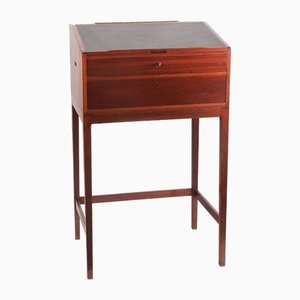
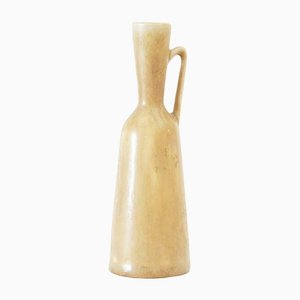
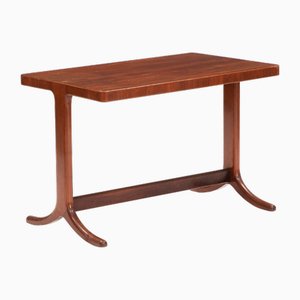
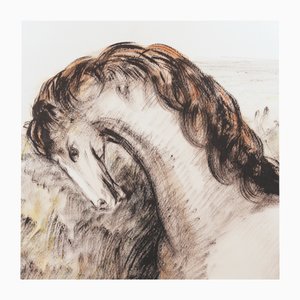
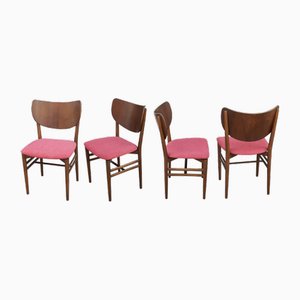
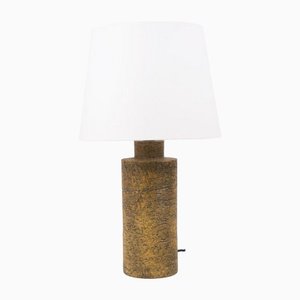
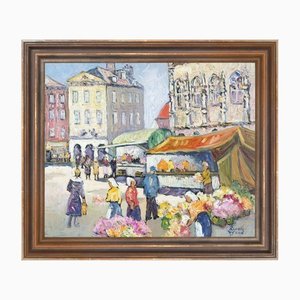
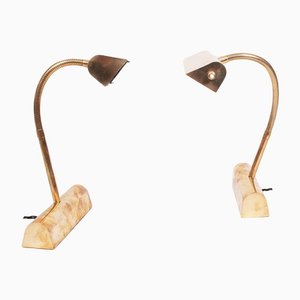
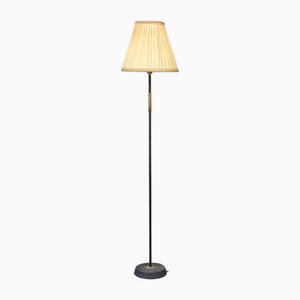
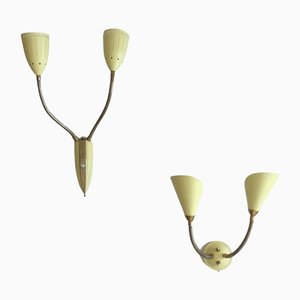
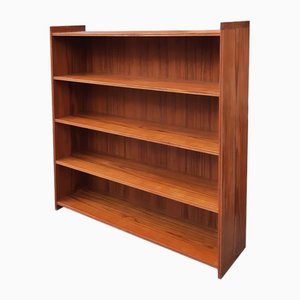
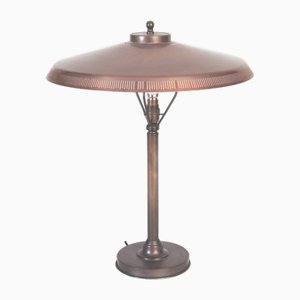
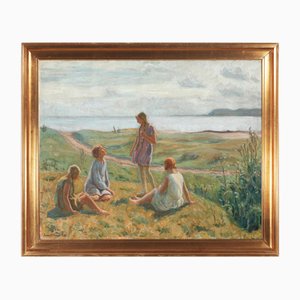
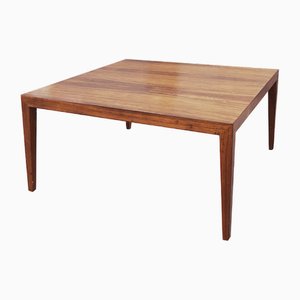
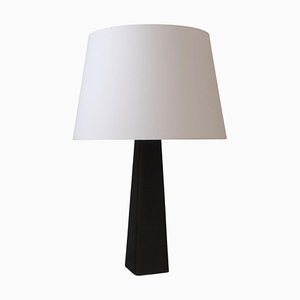
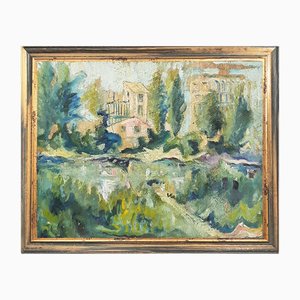
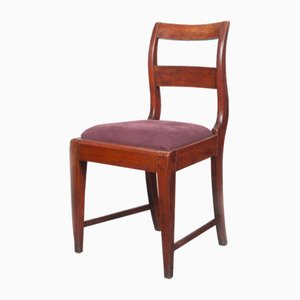
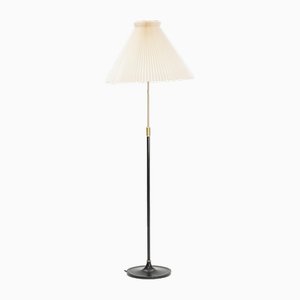
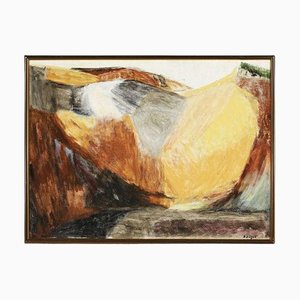

Get in Touch
Make An Offer
We noticed you are new to Pamono!
Please accept the Terms & Conditions and Privacy Policy
Get in Touch
Make An Offer
Almost There!
To follow your conversation on the platform, please complete the registration. To proceed with your offer on the platform, please complete the registration.Successful
Thanks for your inquiry, someone from our team will be in touch shortly
If you are a Design Professional, please apply here to get the benefits of the Pamono Trade Program